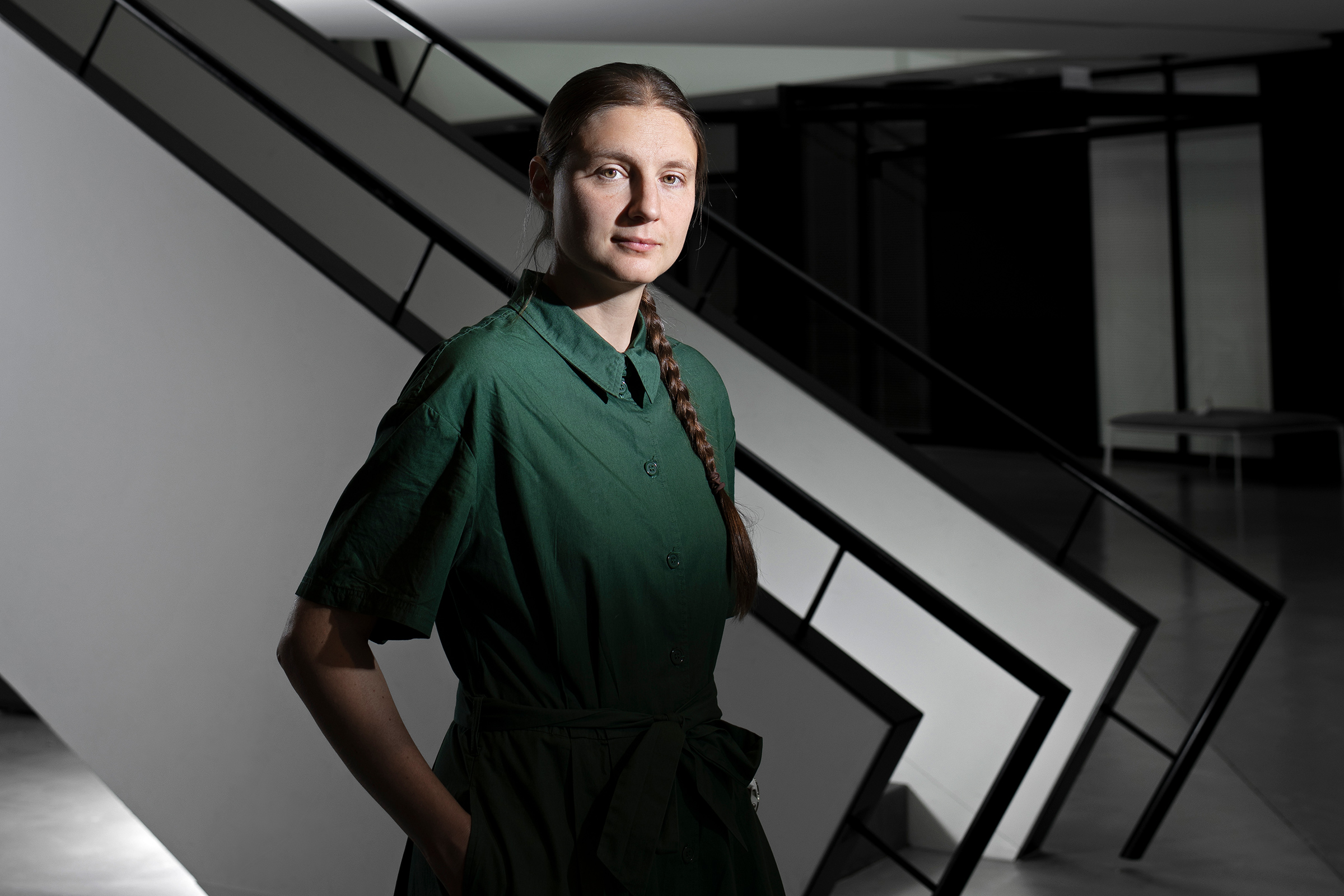This summer Maryna Viazovska, a professor at the Swiss Federal Institute of Technology, became only the second woman ever to win the Fields Medal—the highest award for mathematicians. More than 400 years ago, astronomer and mathematician Johannes Kepler proved that the most efficient way to stack a given number of cannonballs was in a pyramid—the way oranges are stacked in a supermarket—with the spheres taking up 75% of the available volume. Viazovska moved Kepler’s work out of three dimensions, and into the 21st century, with a series of mathematical proofs showing that in eight-dimensional space, spheres can be packed even more efficiently, taking up just 25% of available volume. In 24 dimensions, she found, they could be arranged to take up a mere 0.2%. Arcane? Yes. But promising. Viazovska’s proofs are closely related to error-correcting codes that are used in cell phones, spacecraft, and the internet, and could one day make for clearer connections across many forms of communication.
- Cybersecurity Experts Are Sounding the Alarm on DOGE
- Meet the 2025 Women of the Year
- The Harsh Truth About Disability Inclusion
- Why Do More Young Adults Have Cancer?
- Colman Domingo Leads With Radical Love
- How to Get Better at Doing Things Alone
- Michelle Zauner Stares Down the Darkness





